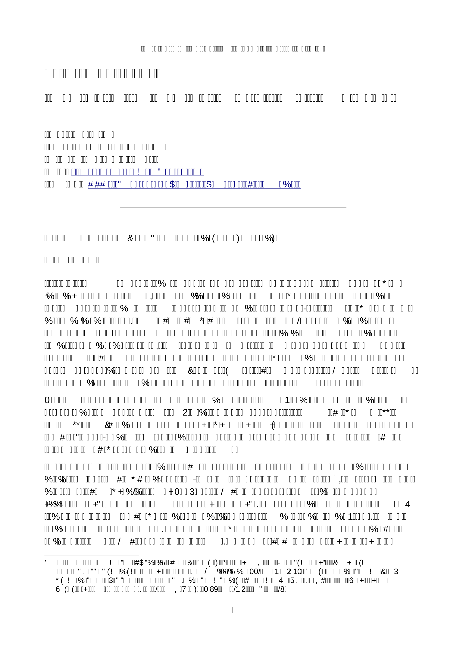Profiling the Sangha. Institutional and Non-Institutional Tendencies in Early Buddhist Teachings
Students of Buddhism use to discover early on in their studies that it is misleading to speak of a 'church' in early Buddhism. Christian ecclesiastical phenomena like priests, Sunday services, sermons, parishes and communal prayers, let alone a centrally organized institution like the Roma...
Đã lưu trong:
| Xuất bản năm: | Marburg Journal of Religion |
|---|---|
| Tác giả chính: | |
| Định dạng: | Artikel (Zeitschrift) |
| Ngôn ngữ: | Tiếng Anh |
| Được phát hành: |
Philipps-Universität Marburg
2000
|
| Truy cập trực tuyến: | Truy cập trực tuyến |
| Các nhãn: |
Thêm thẻ
Không có thẻ, Là người đầu tiên thẻ bản ghi này!
|
| Tóm tắt: | Students of Buddhism use to discover early on in their studies that it is misleading to speak of a 'church' in early Buddhism. Christian ecclesiastical phenomena like priests, Sunday services, sermons, parishes and communal prayers, let alone a centrally organized institution like the Roman catholic church, did not exist in what we know of early Buddhism. Instead of a church, one is tempted to say, early Buddhism possessed the sangha, the monastic community. Basic religious functions the church fulfils in Christianity seem to be fulfilled by the sangha: as a member of this group, one follows the ideal path to salvation, and it is the task of the community to preserve and hand over the teaching of the Buddha (the dhamma) to following generations. It seems obvious that the sangha constitutes the central, if not the only religious institution of early Buddhism. |
|---|---|
| DOI: | 10.17192/mjr.2000.5.3756 |
 Publikationsserver
Publikationsserver